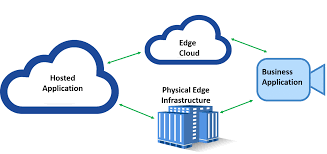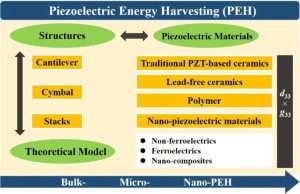Edge Computing Architecture, its Applications and Advantages

Over the last decade, the world of the Internet of things has gone through a major change.
While there are some limitations to the concept, the field of cloud computing has come to the rescue to assist Internet of things and overcome its challenges.
This has led to the increase in data to a major level, which has made some negative impacts in the cloud communications.
To clear out all these issues and limitations, edge computing has come into the picture.
In several places, edge computing is already in place in order to assist the cloud infrastructure.

Cloud and Edge Computing Technology
In the case of the Internet of Things, there are a lot of advantages which will assist the business sectors in terms of the service demands.
The scalability is one of the advantages of edge computing that made many start-ups implementing edge computing in their businesses.
The advancement in the present practices is possible with the help of data streaming from the edge devices which will go to the core analytics systems.
While this does seem like a major boost, the next level of implementations can only be witnessed when the edge devices start acting on their own with their own ability to think.
Initially, the cloud and the IoT were purely based on a centralized model. In this approach, all the basic devices were only used to add data to the core systems.
With the present improvement in the edge computing technology, the data is processed faster and the inference is made swiftly.
This is the more reason for the need for edge computing and and why it matters in the present time.
This is witnessed in the cases of pattern-matching too. There are many use cases and the adoption of mobile edge computing as published on gartner, the verge, cbinsights and others.
This stream is moving towards the stage where the Internet of Things will be able to sustain on their own by supporting the unsupervised machines, then it can be said to be more simplified.
This is possible when the systems are able to change themselves based on the algorithms given.
While all these constitute the software part, including the AI-based edge computing, there is also a significant role for the hardware devices here.
The hardware devices are becoming supportive of the increasing requirements of the AI-based systems.
With all these, the need for transmitting the data to the servers has been reduced and is expected to be completely neutralized with the support of the memory and processing abilities of edge computing.
Edge computing applications
There are several fields which are benefiting from edge computing architecture.

Edge computing in the Health industry
In the case of the medical industry, there is a huge need for the AI systems in the operation room.
With edge computing, the essential information regarding the patient’s body status can be passed on to the doctors based on which a certain surgery can be embarked upon.
Edge computing is Manufacturing industry
In the manufacturing sector, edge computing can smoothen up the operations and increase the efficiency in the process.
With the intelligent software in place, the customer service can also be enhanced to a whole new level.
Edge Computing Benefits
- It saves much time
When the AI systems are combined with the edge computing architecture, a lot of time can be saved as the devices will be operating on a real-time basis.
While this helps the organizations in terms of operations, it also serves the customers.
- It improves customer services
By giving real-time customer service at all times, the customer service stream is improved rapidly.
All the processing and delivery will be given immediately.
- It enhances security
In terms of security also, the possible risks are minimized significantly.
This is especially useful as the internet is filled with data which has the possibility of being hacked at any point in time.
With edge, the security features are improvised.
- It’s simple to use
Since the entire process is really flexible, it will not be complicated for the users too.
It is impressive to know that to operate these systems there is no need to have experts in place.
The system is capable of automatically processing all the required data.
Having mentioned some of the benefits of AI and edge computing, there are also drawbacks in the implementation too.
Not many businesses are still able to adopt this tech because of some challenges which we would discuss in our next series.
However, weighing the pros and cons of edge computing, the positive effects on data processing and service rendering are much more than the negatives.






